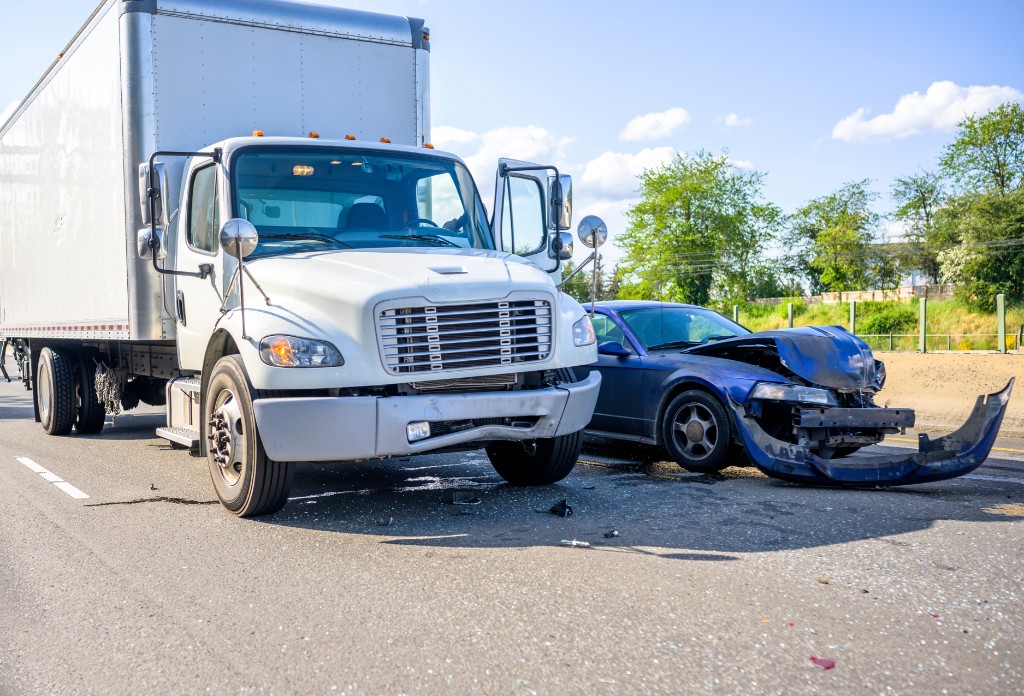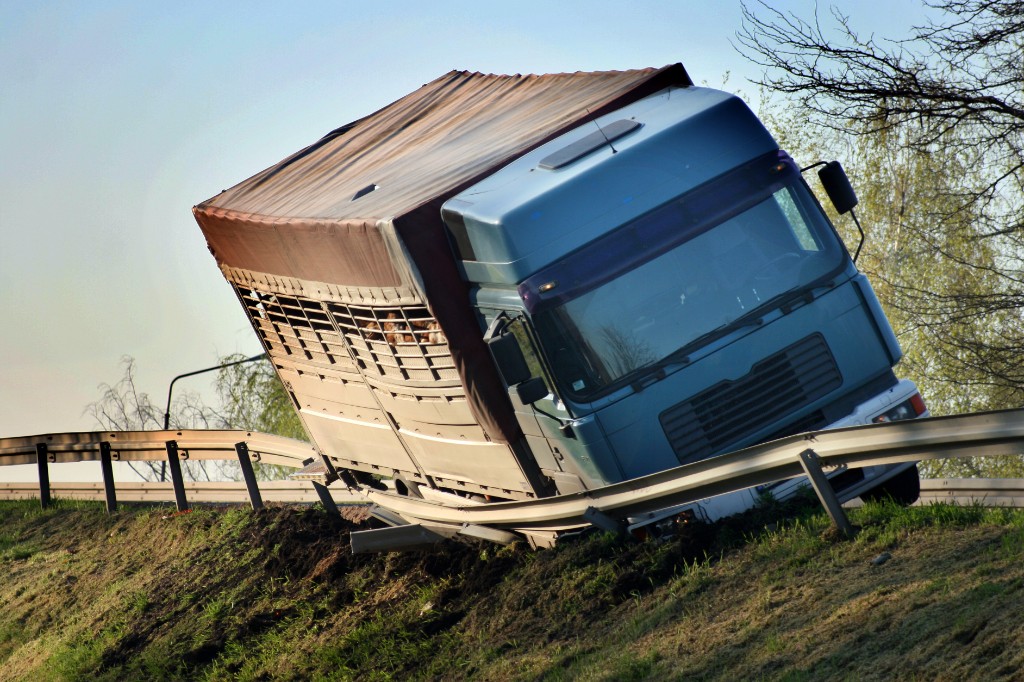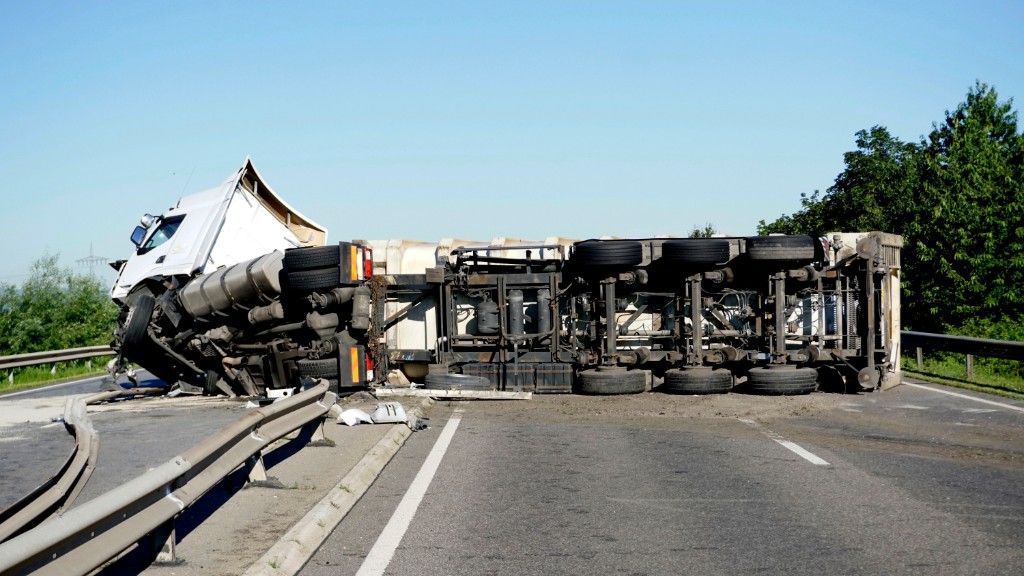May 15, 2025 | car accident Claims
Alberta’s Minor Injury Regulation Explained: What Is the Alberta Minor Injury Regulation and Who Does It Affect?
Table of Contents
The Alberta Minor Injury Regulation (“MIR”) applies to injured victims of motor vehicle accidents in Alberta.
MIR was created by the Alberta provincial government to restrict the amount that an injured victim of a motor vehicle crash could claim in a lawsuit if their injuries were “minor”.
Minor injury is defined as:
- a sprain,
- a strain, or
- a WAD (whiplash-associated disorder) injury
caused by the accident that does not result in a serious impairment and includes, in respect of a sprain, strain or WAD injury that occurs on or after Nov. 1, 2020, any clinically associated sequelae of the sprain, strain or WAD injury, whether physical or psychological in nature, caused by the accident that do not result in a serious impairment.
If a victim’s injuries are minor, the victim is only entitled to a small amount of compensation, particularly for pain and suffering (or non-economic damages). This is often referred to as “the cap” amount of money. As of 2025, the cap stood at $6,182. This cap applies only to motor vehicle accidents, not necessarily other types of accidents and resulting injuries.
It is extremely important to note that victims should discuss the full extent of their injuries when consulting a personal injury lawyer from Preszler Injury Lawyers. We have the experience to help determine if injuries are legally “minor”. Minor is a legal term that should be determined by a skilled personal injury lawyer.
How the Minor Injury Cap Influences Compensation Amounts
If a court finds that a victim’s injuries are “minor” then it is restricted in the amount of money that can be awarded for pain and suffering for those injuries.
Challenging an Assessment Under the Alberta Minor Injury Regulation
It is commonplace for insurance companies to attempt to classify a claimant’s injuries as “minor” because the amount they would then have to pay is reduced to a few thousand dollars. It is important to know that the insurance company is not the one making that decision. They cannot force the definition of “minor” onto a victim’s injuries. Given their financial incentive, insurance companies often try to paint even non-minor injuries as “minor.”
If you hire a personal injury lawyer from Preszler Injury Lawyers, we will examine all of your injuries and work with doctors and specialists to determine the extent of your injuries, which may not be evident without thorough examination. This can show that a victim’s injuries are not “capped” and are more than minor.
Working With a Lawyer to Navigate Minor Injury Claims in Alberta
It is extremely important to work with a skilled and experienced personal injury lawyer to address the seriousness of being under the Minor Injury Regulation. The law surrounding whether the injuries of a Plaintiff are minor are very complex.
We consider all of your injuries and how they will affect you throughout your life. We rely on the following Alberta court cases to prosecute your personal injury case:
In Morrow vs. Zhang, 2009 ABCA 215, the Alberta Court of Appeal held (at paragraph 85) in a case deciding that chronic pain was not a minor injury:
“I observe that the nature of the injuries contemplated by the definition of minor injury is not as obvious a disability as considered in the previous Supreme Court of Canada jurisprudence. Martin, which involved claim of chronic pain, is the most closely aligned, but is a more serious condition than the MIR defined injury.”
In McLean vs. Parmar, 2015 ABQB 62, the Alberta Court of King’s (then-Queen’s) Bench held (at paragraph 60):
“Ms. McLean’s problems lasted 2 ½ years, so that according to the Scientific Monograph of the Quebec Task Force on Whiplash Associated Disorders…and the International Classification of Diseases and Related Health Problems…pain that lasts this long (i.e. longer than six months and three months respectively) is classified as ‘chronic pain’, and as such is not, in my view, a ‘minor injury’ strain, sprain or WAD injury.”
This clearly recognizes that chronic pain is a more serious condition than the sprains, strains, and WAD injuries described by the Minor Injury Regulation.
Stacking of Injuries
Sections 2, 6, & 7 of the MIR permit the “stacking” of damages for each injury a victim suffers that combine to exceed the “cap” amount.
In Park vs. Jordan, 2009 A.J. ABQB 1496, the court found that the plaintiff suffered both “minor” injuries and “non-minor” injuries in a car accident. Justice Mahoney applied the “stacking” rules and awarded $4,000 for his “minor” injuries plus $75,000 for the “non-minor” injuries.
If injuries impair a victim’s ability to perform their normal activities of daily living and employment, which are ongoing since their Crash and are not expected to improve they are not “minor injuries” according to s. 1(h) and (j) of the Minor Injury Regulation.
The Court of King’s Bench in Sparrowhawk vs. Zapoltinsky, 2012 ABQB 34, considered what constitutes “substantial inability” in the context of the MIR. Madam Justice Shelley held that it means “something less than a complete disability” (paragraph 107).
As the court held in Sparrowhawk, an “ongoing” symptom need not be continuous or uniform, but rather is an impairment that persists over time and can be intermittent (paragraph 116).
Call Us to Discuss Your Minor Injury Regulation Questions
The area of law around the MIR is complex. The best way to protect your rights and ensure its principles are applied fairly to your case is to retain legal counsel that is up-to-date on the law surrounding it.
We offer free initial consultations where you can learn if you have a claim worth pursuing, what evidence you will need to support your claim, and the next steps to take should you decide to proceed. Since we work on contingency only, even if you choose to represent you, you will not have to pay any costs unless (and until) we win your case.
Call us on our toll-free line 24/7 at 1-888-494-7191 to make an appointment or drop by our downtown Calgary office to discuss your motor vehicle accident. We look forward to hearing from you.
Written by Norm Galarneau
Personal Injury Lawyer
Lawyer Norm Galarneau’s practice focuses on personal injury claims, including motor vehicle accident claims, slip and fall claims, and long-term disability claims.
More car accident Topics
Here’s more information on car accident related topics that we think you might find helpful.

car accident
|
May 14, 2025
Key Differences Between Truck and Car Accident Claims in Alberta: Why Truck Accidents Result in More Severe Injuries and Damages
Trucking firms usually carry insurance that exceeds that of passenger cars. The main reason for this is the damage and injuries that can result from…

car accident
|
May 13, 2025
Filing a Claim After an Alberta Truck Accident: Steps, Deadlines, and Compensation: Understanding Alberta’s Limitation Periods for Truck Accident Claims
Limitation periods for lawsuits in Alberta are restricted by the Limitations Act of Alberta. In the case of truck accident claims, it is necessary that…

car accident
|
May 12, 2025
Holding Trucking Companies Liable: Employer Responsibility in Alberta Truck Accidents
When are trucking companies legally responsible for driver misconduct? In all motor vehicle accident lawsuits, there are at least two possible defendants: The driver and…
